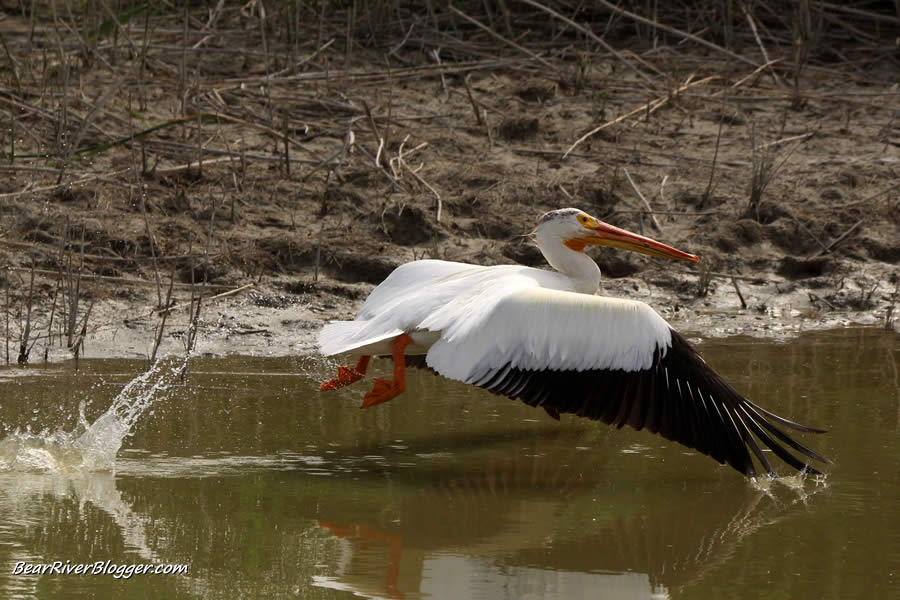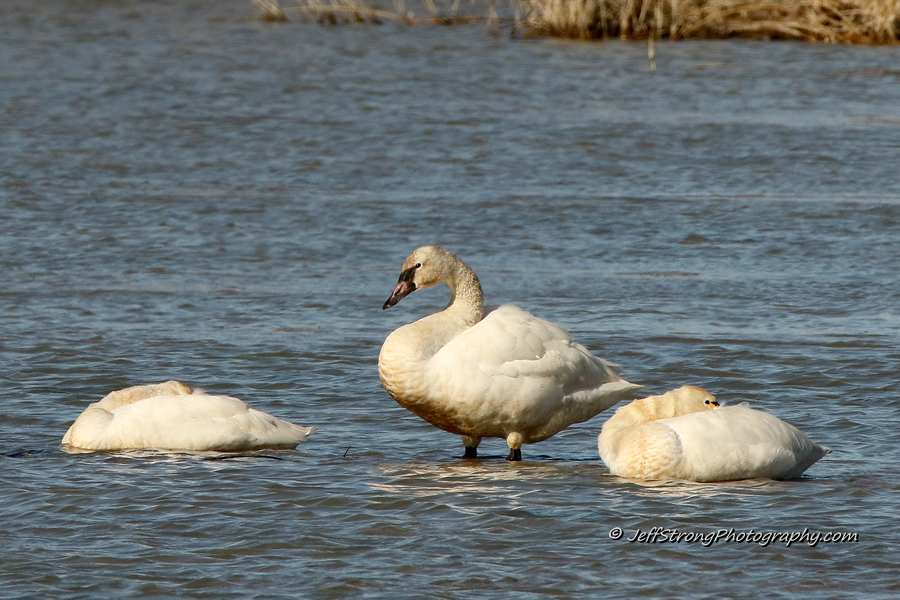Summer is when the Bear River Migratory Bird Refuge auto tour route literally comes alive, both audibly and visually, and a time when bird watching is usually at its best on the refuge some would claim.
It’s not to say there isn’t good bird watching the rest of the year on the refuge because there certainly is.
I would argue there actually is some great birding on the refuge year-round, especially during the dead of winter when most bird watchers have packed their binoculars away for a few months, but that’s another blog post for another day.
The reason the summer months are so highly touted for bird watching on the Bear River Migratory Bird Refuge is it’s when the large nature preserve attracts and hosts a wide variety of bird species as well as just an incredible number of birds for the summer season.
In normal years, bird watching on the Bear River Migratory Bird Refuge is second to none for water-related birds such as ducks, geese, tundra swans, and some shorebirds, as just a few examples.
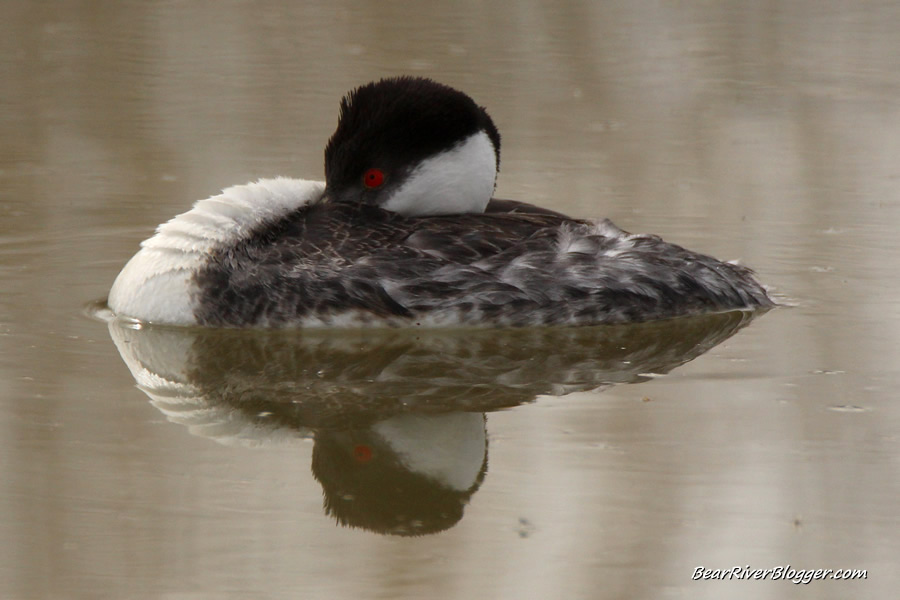
But this year, however, I regret to inform you, might not be the best year for bird watching on the Bear River Migratory Bird Refuge for two reasons, a severe drought and the highly invasive phragmites plant.
I hope this blog post won’t discourage anyone from visiting the refuge this summer, that is certainly not the intent here by any means.
Being as part of my blog is dedicated to the Bear River Bird Refuge, I do want to give any and all who desire to visit the refuge a heads up on what to expect as conditions are, well, to be quite honest, a bit rough on the Bear River Migratory Bird Refuge right now.
Let me explain so bear with me for a minute.
Being a large wetland, water plays a critical role for the Bear River Migratory Bird Refuge but, much like most of the western United States, the Bear River drainage is currently facing a severe drought.
During the summer months when a large portion of the Bear River is diverted for other uses, very little water actually reaches the thirsty parcel of land that is the refuge.
This means part of the Bear River Bird Refuge goes without water during the summer months and important nesting and feeding vegetation cannot grow where the lands are left dry due to the drought.

Simply put, wetlands need water.
And without water, nothing grows so the birds don’t come to nest or stopover during migration to feed.
So just from the fact water is in short supply, bird watching is affected to some degree on the refuge.
Another water-related reason bird watching will be a little bit diminished on the Bear River Migratory Bird Refuge auto tour route this summer is some habitat work is being done on part of unit 2 which dictates that particular section of the auto loop be dry so heavy machinery can drive on and work restoring the natural water flow to this part of the refuge.
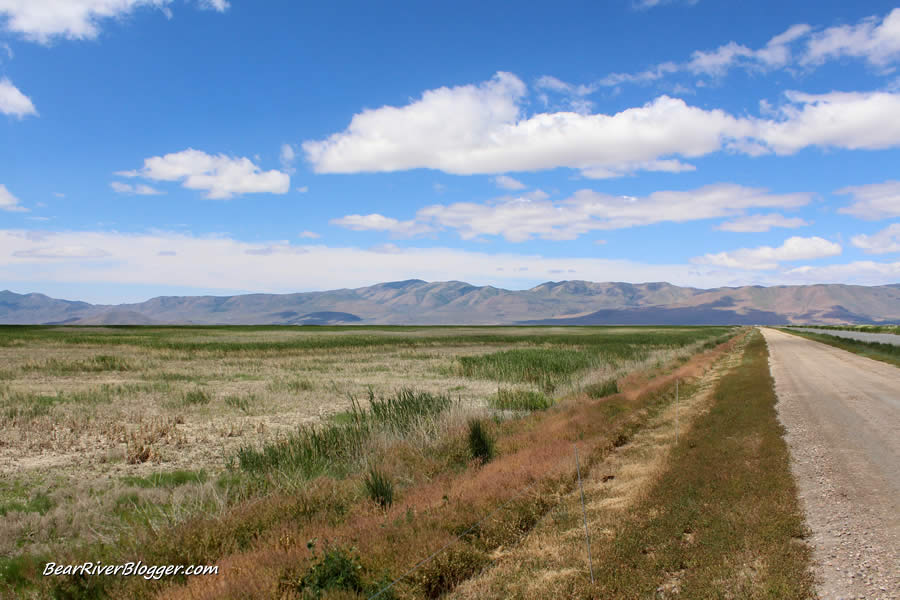
It’s for the long-term benefit of the refuge but for the time being, the northeast section of the refuge auto tour route will be dried out to complete the habitat work.
The last reason birding will be affected this summer on the refuge has to do with the ongoing struggle with the highly invasive phragmites plant that is literally covering the refuge from end to end, choking out native vegetation as it spreads all over the refuge.
To try and control and hopefully reduce the number of phragmites on the Bear River Migratory Bird Refuge, parts of the auto tour route have been dried out to allow cattle to graze and help disrupt the growth of the phragmites.
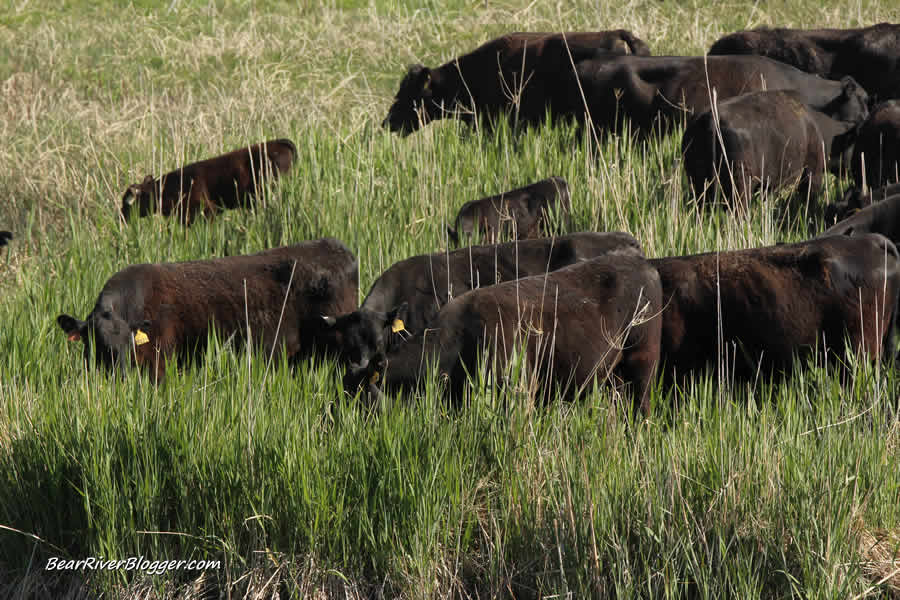
Cattle grazing is part of the fight against phragmites on the refuge, which also includes burning and herbicides, but this requires the refuge to be dried out while it is being grazed.
So for the summer months, the northern portion of unit 2 and much of unit 1, hence the north section of the auto loop and beyond, is dried out and currently being grazed with hundreds of cattle.
I know it might sound bleak with regards to bird watching on the bird refuge this summer, and it is being affected to some degree that’s for sure.
The good news is there is still water on the southern portion of the refuge auto loop so it’s not all bad news to report.
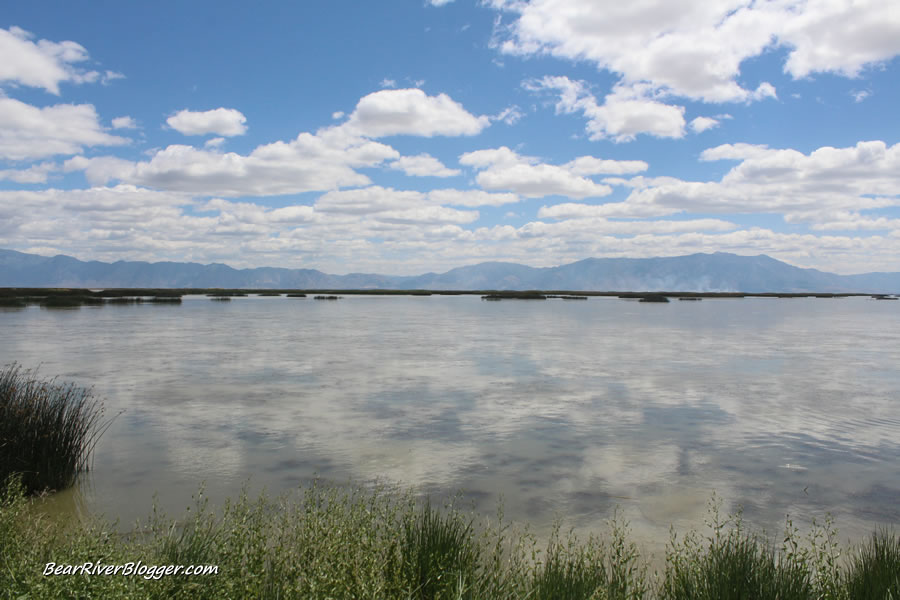
You just have to drive through the dry portion of the loop before you get to the southern section with water and birds.
A couple days ago, I took a drive around the Bear River Migratory Bird Refuge auto tour route and while much of it is dry and not very productive for bird watching, there were some birds in the southern section, including a great number of herons, egrets, pelicans, grebes, ducks, geese, and a few other birds I wasn’t able to identify without a spotting scope.
So, all in all, part of the refuge is dry and currently being grazed with cattle or worked over with heavy machinery but part of it is still wet and attracting birds.

In my honest opinion, the refuge auto loop is quite a bit slow this year for bird watching and it has given me a reason to visit a few other places more often and the refuge a little bit less this year.
It’s not to say I won’t be visiting the Bear River Migratory Bird Refuge this summer as I am a huge fan of the refuge and have been for decades now, but rather since birding is quite a bit slower now due to some of the struggles the refuge is facing, I just won’t be visiting it this summer as frequently as I normally do.
I hope this helps anyone wondering what the bird watching and overall conditions are on the Bear River Migratory Bird Refuge self-guided auto tour route.
And I wish I had better news to report but it looks like it will be a little bit slower for birding on the refuge this summer than in previous years.
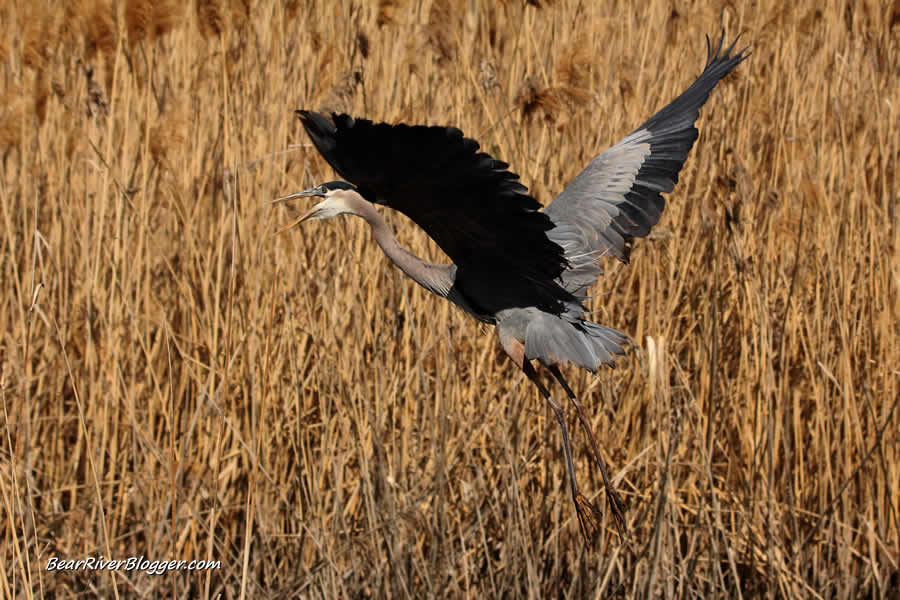
Subscribe To Bear River Blogger
If you are a birder like myself, I offer you to head on over to our subscribe page and sign up for email notifications for future blog posts regarding our passion for not only bird watching but nature in general.
We also have a small but growing YouTube channel you can also follow where we occasionally post updates about the Bear River Migratory Bird Refuge, one of our favorite places to go bird watching, as well as short nature clips when we are able to capture them on film.
Bird Watching Apparel
If you’re looking for birding-related gifts and apparel for someone, take a look at our online store featuring some of our own photographs turned into unique gifts.
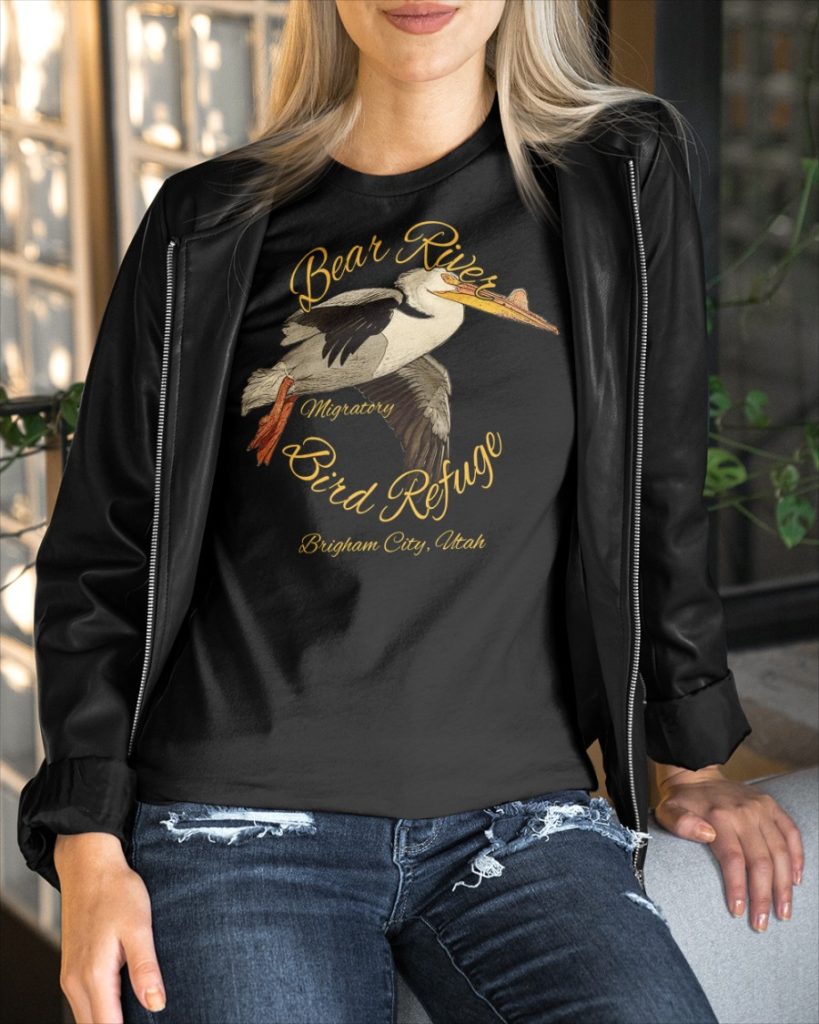
Visit our Bird Shirts and More online store to check out our products. New products are constantly being added so check back often.
As a reader of our blog, we offer you 20% off all products on our store by using the coupon code save20 during checkout.

